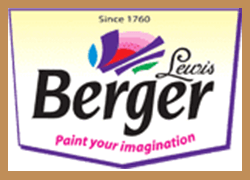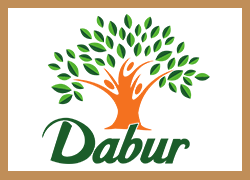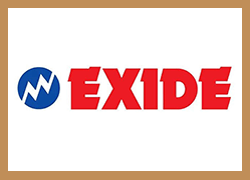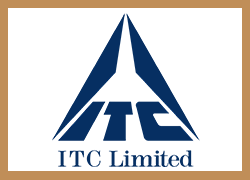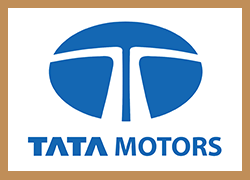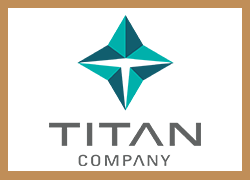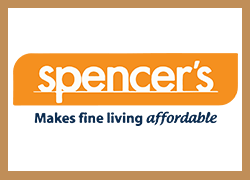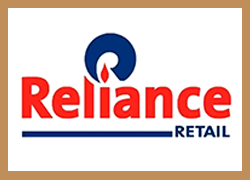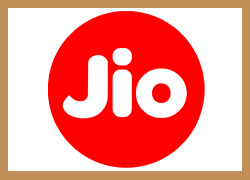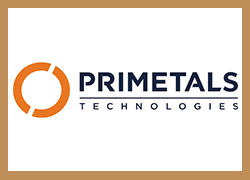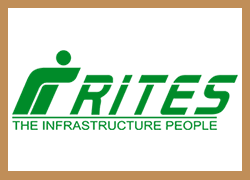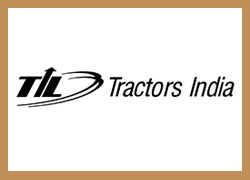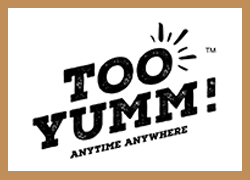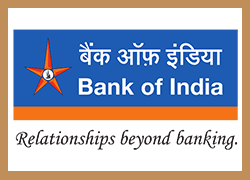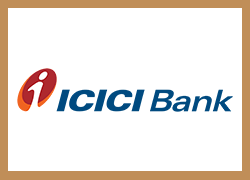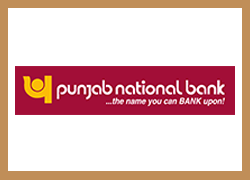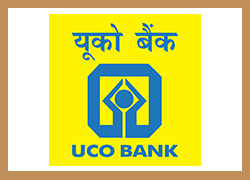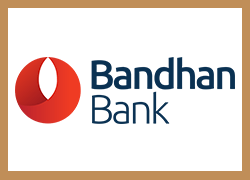SIXTY FIVE YEARS
EXPERIENCE
We are on a mission to make business life better. From sorting out the easy stuff like accounting, to navigating complex income tax, GST and business issues, we get you past the roadblocks. With solutions to get every part of your business life into shape, and an energetic team to support you along the way, a better business life has never been easier. We’re not just Chartered Accountants with a theoretical knowledge of how business works – we’re business owners like you. With a 65 year business history, we can guarantee we’ve come up against the same challenges you face and have moved past them

CA. P. K. Gupta

CA. Somnath Chakraborty

CA. Gaurav Basu

CA. Dipanjan Bhattacharjee

CA. S. Ganesh

CA. Vikash Vijayvargiya

CA. Niloy Mazumdar

CA. Sreya Patel

Arindam Neogi
—Peter Krueger
We have an extremely systematic and careful set of client service standards. These standards are followed to ensure quality service to our clients.
Our yearly capacity approx.
- Audit & Assurance
- GST and other Indirect Taxes
- Income Tax and Assessments
- Advisory Services
For more details please browse to our Services .
It depends on size of companies or organisation, operation coplexicty, volume of work and place of work.
There are many ways that can help in maintaining accounting records. You can invest in digital record-keeping, including cloud accounting software or record keeping for quick and accurate solutions. Unlike physical records, digital records cannot be destroyed and are easily accessible from anywhere. Also, there are easier to share with anyone, especially your accountant.
Yes! You can claim a tax credit or deduction to lower your tax liability. For details please consult with our advisors.
How much accounting lingo do you know? If you don’t have all the terms memorized, don’t worry about breaking out the flashcards. Instead, familiarize yourself with a few key terms to get started:
Cost of goods sold (COGS):
An expense that represents how much it costs you to produce your offerings. COGS is a crucial factor when determining your business’s profit.
Debits and credits:
Equal but opposite entries in your books (i.e., one increases an account and the other decreases the opposite account).
Inventory:
Includes the raw materials in storage, items in the production process, and finished goods available for sale.
Assets:
Your business’s physical (tangible) or non-physical (intangible) property that adds value to your business.
Liabilities:
The money that your business owes. You can have both short-term liabilities that are due within one year and long-term liabilities that are not due within one year.
Equity:
The value of your business after subtracting liabilities from assets.
Revenue:
The amount of money your business brings in from sales.




